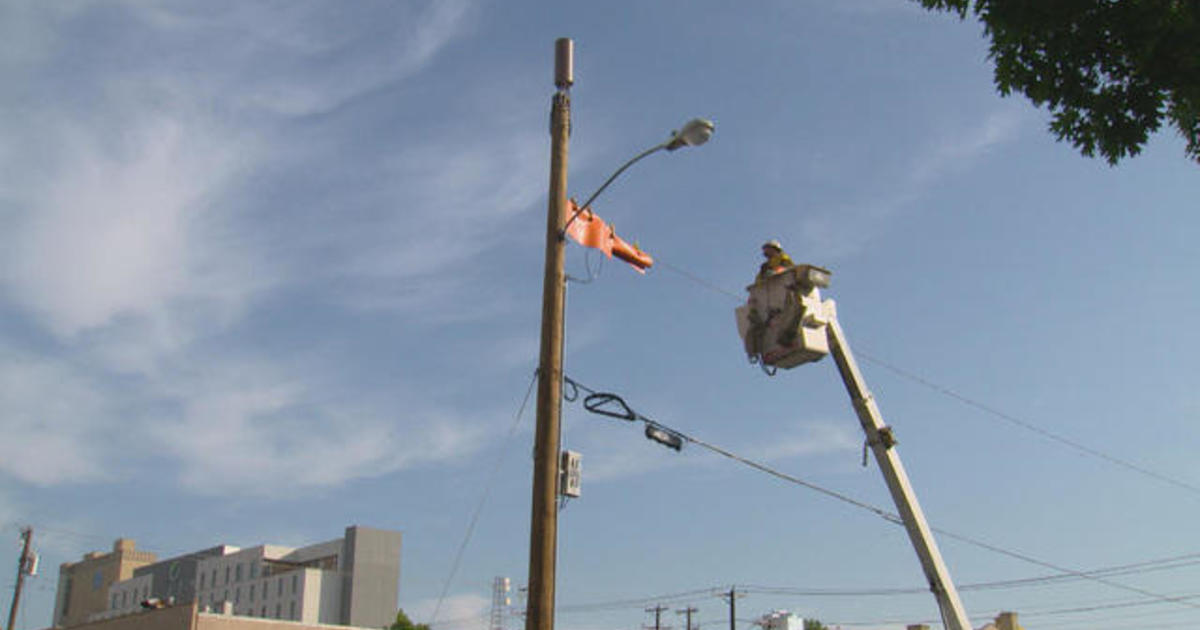Are usually safest distance coming from a 5G cell System?

If you've ever wandered through a city and spotted tiny 5G cell towers on street light poles. They look like small boxes however, they're actually transmitting wireless signals from cellular providers to your mobile.
These smaller towers are replacing larger, purpose-built cell towers. Although they're not as visible however, they could create problems for those who live nearby.
A Federal Communications Commission's Radiation Exposure Thresholds

The FCC's Radiation Exposure Thresholds determine the maximum amount of time one can expose to electromagnetic energy from wireless devices. The exposure limits are based upon scientific research which show that the energy of RF could cause harm to health.
The rate of absorption called the specific absorption rate (SAR) is an indication of the amount of radiofrequency energy that is taken up by tissues. It is typically 1.6 milliwatts per kilogram spread over a Gram of tissue.
However, because 5g transmits at higher frequencies, it has the potential to cause greater energy intensity on the skin and other directly-exposed body areas. This could result in a wide range of potential harms, including exacerbated appearance of skin conditions like dermatitis, skin cancer and cataracts.
Due to the potential for negative effects of 5G radiation, PSU has chosen to establish a general, localized maximum power density of four mW/cm2 averaged across 1 centimeter, and not to exceed 30 minutes for all 5G services at 3000 GHz. This localized limit is consistent with the peak spatial-average SAR of 1.6 W/kg, averaged over one grams of tissues at six GHz.
The FCC's Maximum Exposure Thresholds for Maximum Exposure
If you've ever used a cell phone, you're probably aware that a safe distance from the tower is at least 400 meters away. This is due to the transmitting power of the cell tower is significantly increased the further away the tower is.
Although this may sound like a good idea however, people living in close proximity to towers might be more prone to health issues. For instance, a study conducted in 2014 in India discovered that those who lived within 50m of cell towers experienced significant more health issues than those who lived farther away from the antennas.
But, the study found that people who moved into areas farther away from cell towers noticed their symptoms return to normal within a few days. https://ctxt.io/2/AACQndg_EA have revealed that exposure to high levels of radiofrequency electromagnetic fields (EMFs) can cause cancer, brain tumors and other health issues.
This is because RF radiation, which is utilized in wireless communication, can be absorbed by the body's outer layer, which is the skin. It is crucial to know because the skin acts as a barrier to protect against injuries caused by mechanical forces, infections caused by pathogenic microorganisms and entry of toxic substances. It is also the biggest organ in the human body, and is accountable for maintaining the integrity of other organs.
The FCC's Minimum Exposure Thresholds for the Minimum Exposure
The FCC's Minimum Exposure Thresholds rely on numerous assumptions that are not supported by scientific evidence. They include the false belief that exposures to RF radiation are safe due to minimal absorption into body (i.e. thermal heating of tissue).
This assumption does not take into account the deeper penetration of the ELF elements of modulated radio signals, as well as the consequences on the body of short bursts caused by RF pulses. These assumptions do not correspond with current understanding of the biological consequences of RF radiation. As such, they should not be used for health protective exposure guidelines.
In addition, the ICNIRP and FCC are limiting their maximum exposure limits to local peak SARs based on the maximum frequency of absorption (psSAR) that is an inadequate dosimetric tool to determine the degree of radiation exposure. Particularly it is inconclusive for frequencies above 6 GHz. Furthermore, psSAR has not been tested for safe distance from cell tower that is exposed to other environmental agents , such as sunlight. safe distance from cell tower of RF radiation with other agents in the environment could produce synergistic or antagonistic effects. This can lead to an increased risk of adverse health adverse effects. For example, co-exposure to RF radiation with sunlight may raise the chance of developing skin cancer and exacerbate other skin disorders, such as acne.
